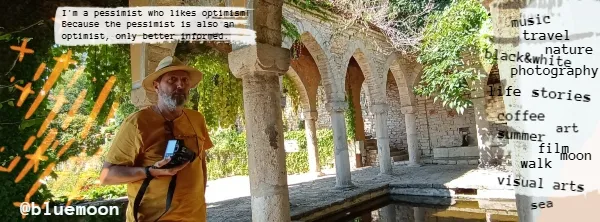It was a long journey through the representations of love in the most recent exhibition I saw. I'm talking about a special three-month-long exhibition in Bucharest, Romania.
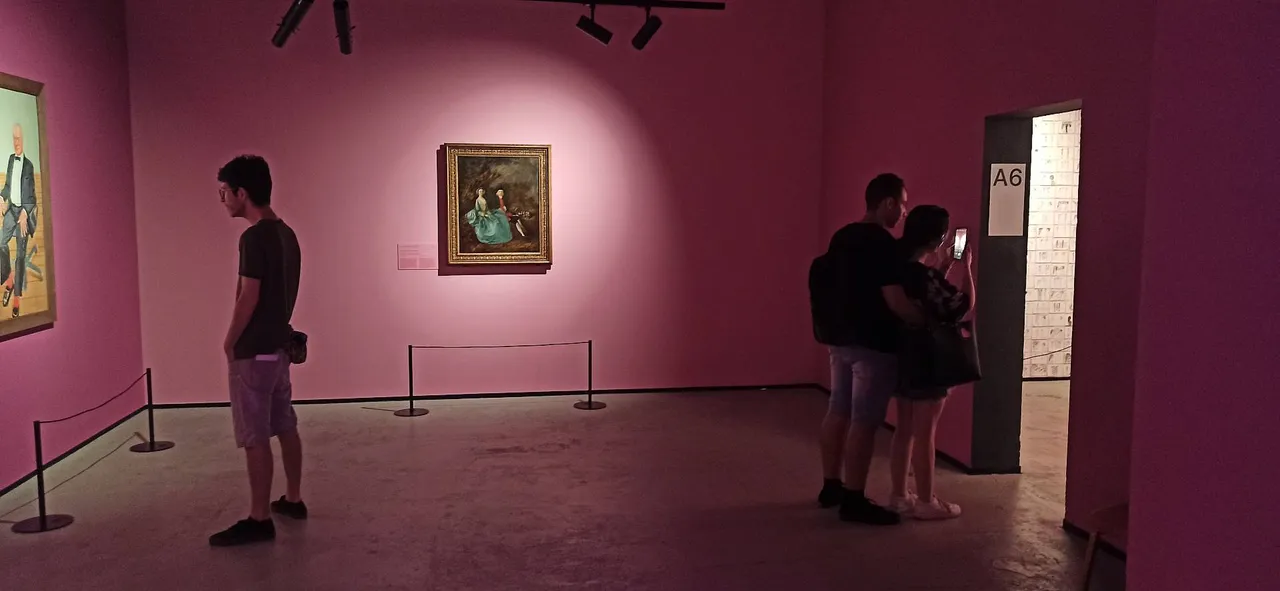
From this point of view, I have to admit that it is worth living in Bucharest. Beyond the fact that it is the capital of Romania and the biggest city, there are many inconveniences to living in this city. The biggest ones are the overcrowding and the pollution. These inconveniences are less harmful for me, fortunately, because there is also a bit of great luck. I live on the outskirts of the city and a beautiful park is so close to my house that I could consider it my garden and yard.
There are several advantages of living in Bucharest and they differ depending on one's needs and passions. There are most cultural institutions here: theatres, opera, museums, and concert halls, which satisfy my need for beauty and that is what interests me.
One such museum, which includes a selection from several museums in the country and abroad, from private collections, plus a special arrangement and aesthetic is Art Safari. It is organized twice a year, for three months. It's quite expensive, but worth every penny spent. Especially for schoolchildren, students, and pensioners, who get half-price tickets.
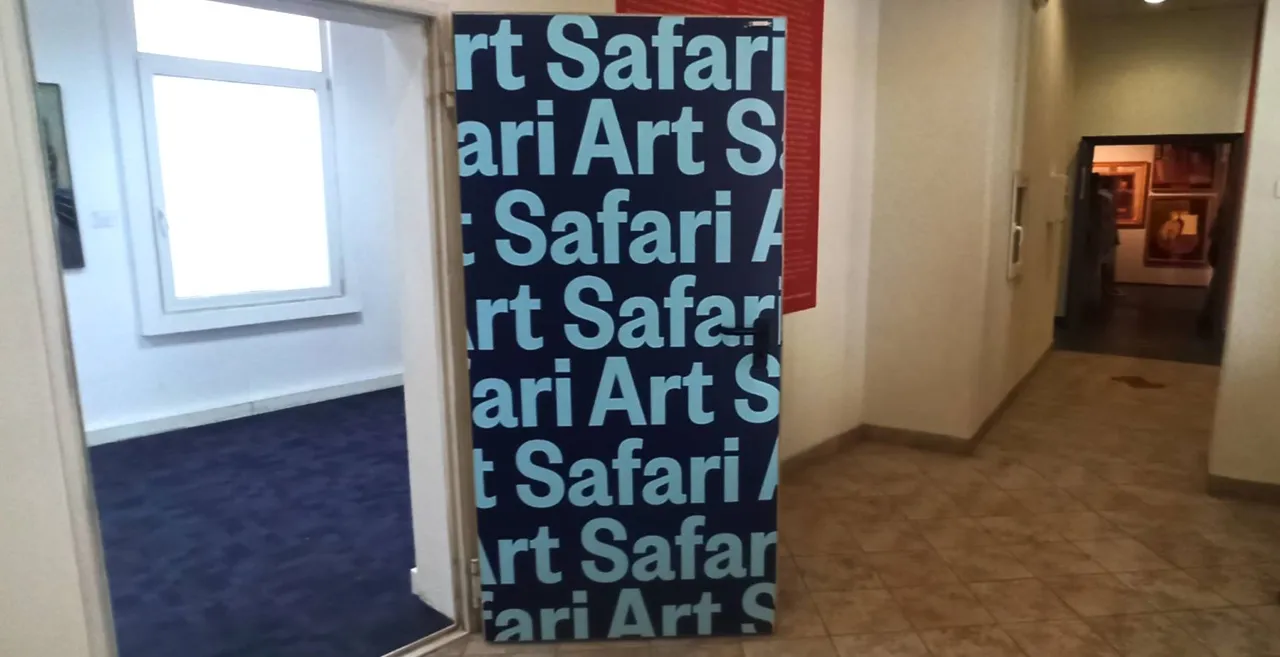
This year's edition of Art Safari was dedicated to love, especially love and retrospectives of two lesser-known (to me) but very valuable Romanian painters.
I am pleased to present here my impressions of this exhibition. I started with the exhibits in the "Love Edition" section. There have been three posts and I still haven't exhausted the subject. In each post, I wanted to present a sculpture that was the most important exhibit. The small statue "The Kiss", is one of Constantin Brancusi's masterpieces. I didn't succeed, but now that moment has come.
Art Safari - Love Edition
I put the previous three posts here. If anyone is interested in seeing more of this exhibition then they should read these posts first and then the current one, which will conclude this series.

Art Safari, Bucharest, Romania
Previous posts:
Art Safari
Art Safari-Love Edition
Art Safari-Love Edition, or, Love's A Malady Without Cure

Art Safari - Love Edition - Finally Came The Kiss
This exhibition, hosted by a real palace, the Dacia-Romania Palace, occupies several dozen rooms. The only room where we had to queue to get in was the room where Brancusi's sculpture "The Kiss" was on display.
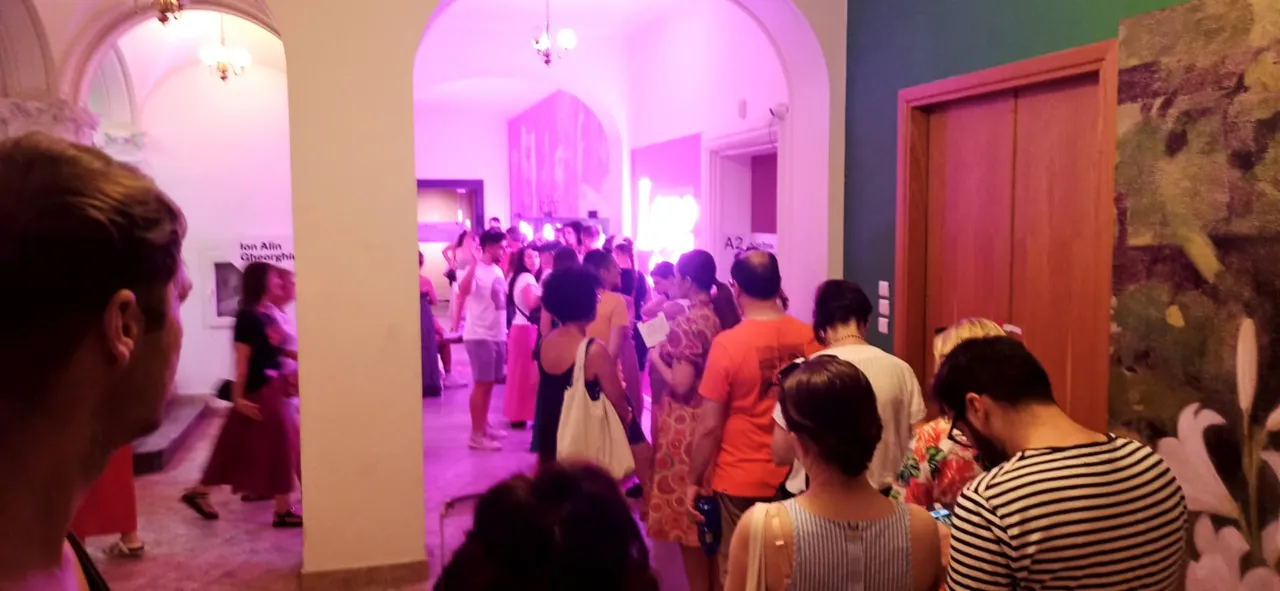
Access was restricted to no more than ten to twelve visitors per series, due to security and protection of the sculpture, valued at $22 million.
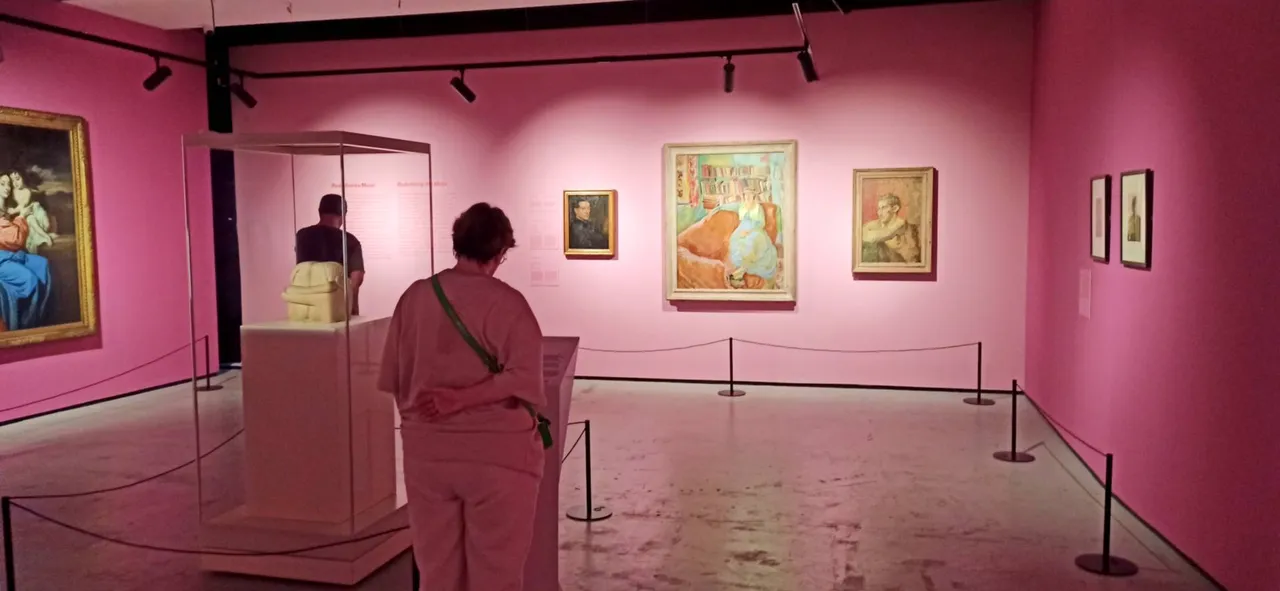
The statue is very small, so small that even Romania's Minister of Culture said that he never imagined it could be so small. I didn't imagine it was so small either, even though I'm not the Minister of Culture.
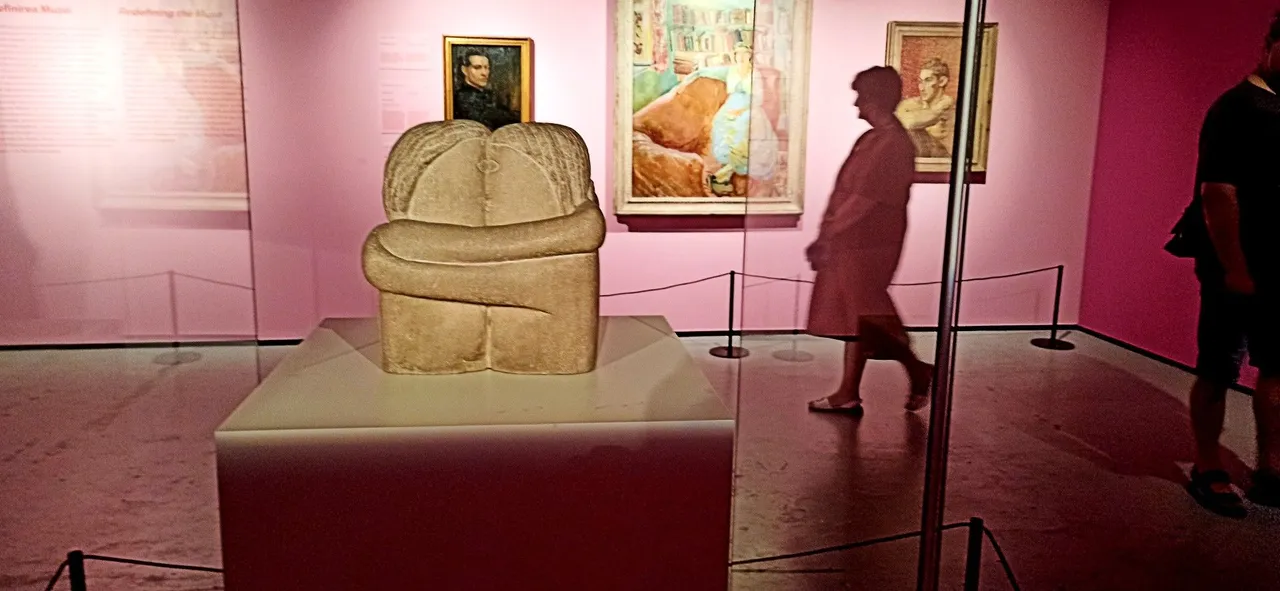
The truth is that we have never seen the statue, we have only seen photos and so we could not perceive its dimensions, there being nothing around for comparison.
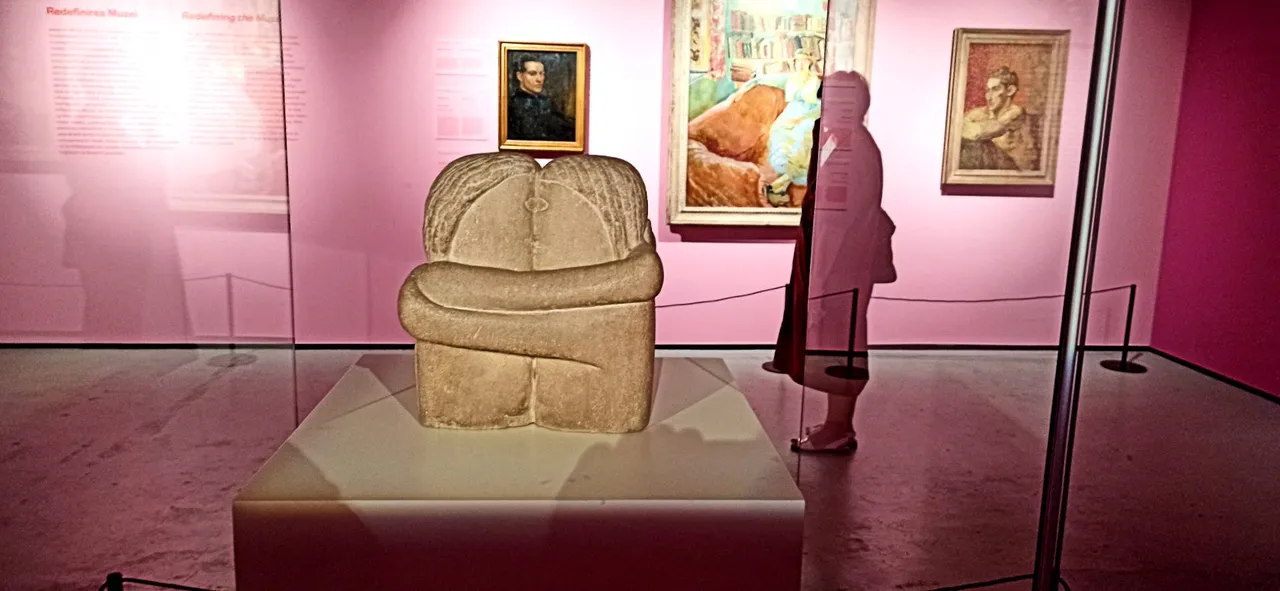
This statue, made in 1907, represents a break by the artist from the classical sculpture whose great representative was Rodin. He has an important series of small sculptures, room, and desk sculptures, similarly called The Kiss, depicting two young, naked lovers kissing. With a perfect representation of the human body.
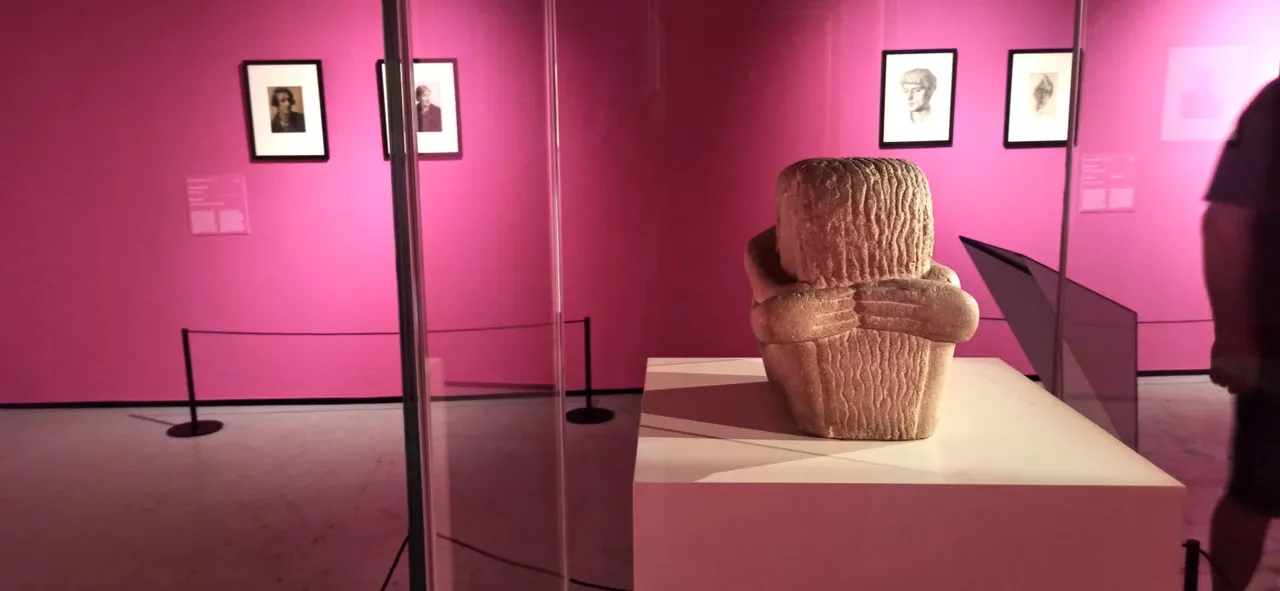
Brancusi refused to work as a practitioner in Auguste Rodin's studio, refusing to be a disciple of Rodin's style of sculpture. He said that: "Rien ne pousse à l’ombre des grands arbres”, i.e. "Nothing grows in the shade of big trees"!
Brancusi's kiss is schematic and rudimentary at first glance. It was influenced by prehistoric sculptures, the first artistic manifestations of people who could not reproduce the exact image of the human body, but who managed to be extremely accurate in expressing meaning.
With this sculpture, Brancusi begins the era of stone carving and the rejection of Rodin's symbolist aesthetics.
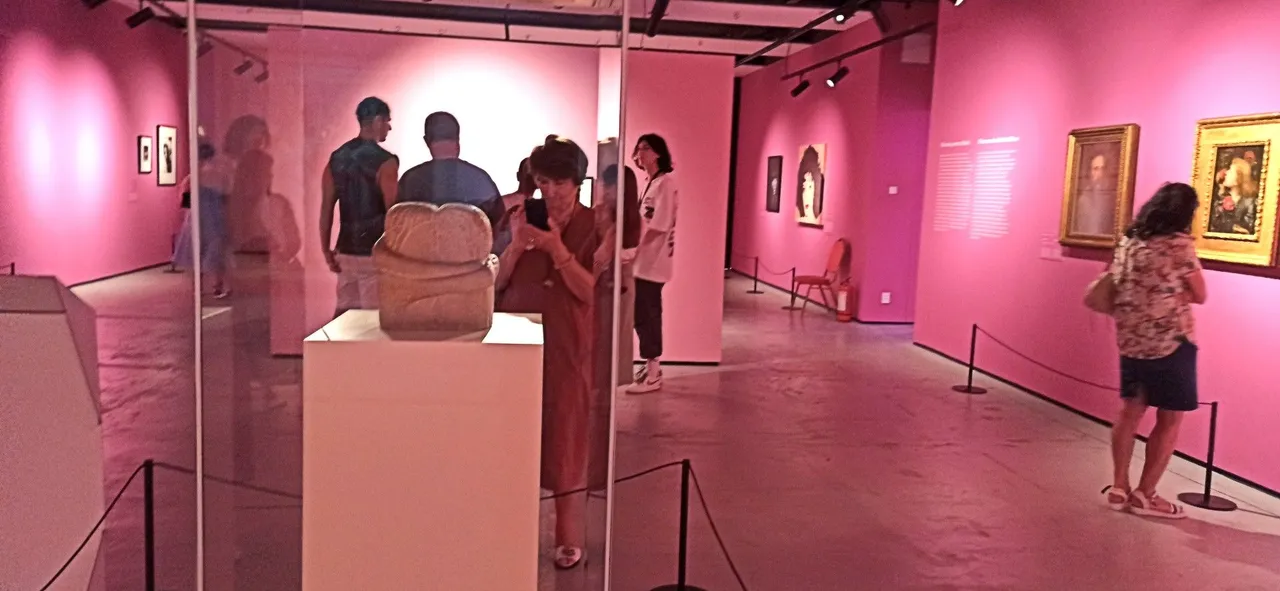
Constantin Brâncuși (b. 19 February 1876, Hobița, Peștișani, Gorj, Romania - d. 16 March 1957, Paris, France) was a Romanian sculptor who made a major contribution to the renewal of language and plastic vision in contemporary sculpture. The French and Americans usually refer to him only by his surname, which they write without diacritical marks, Brancusi, pronouncing it according to the rules of French pronunciation.Source
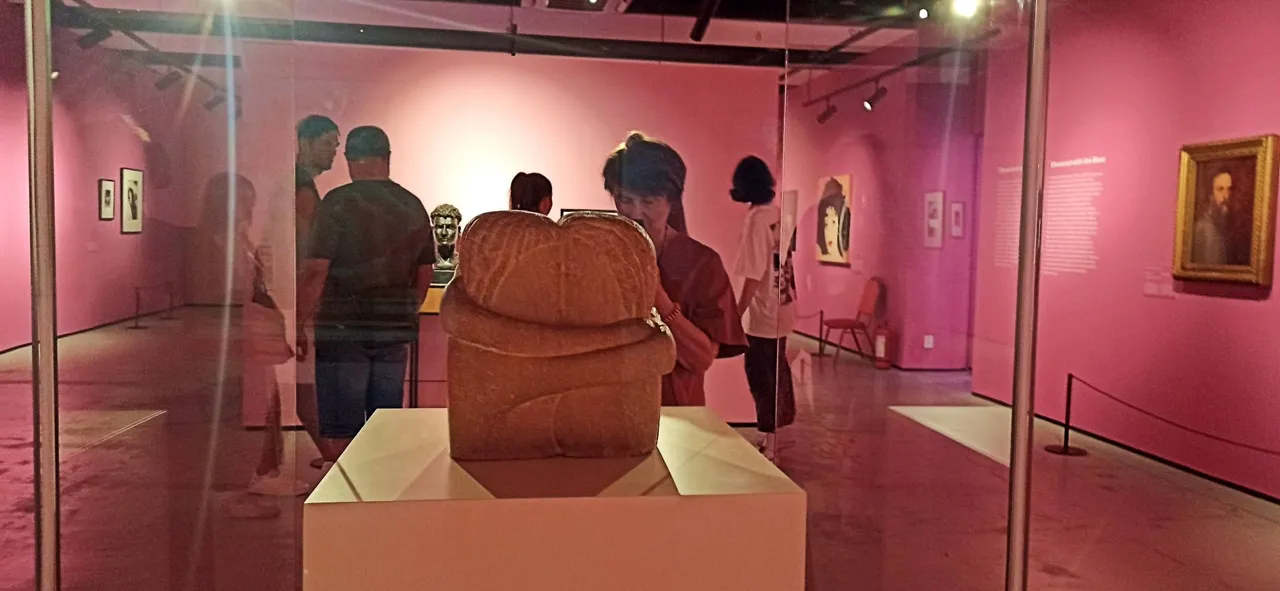
This statue is a monument to love, a block of stone that is transformed into two lovers embracing. This block of stone exists in a timeless, undefined space as an emblem of eternal love!
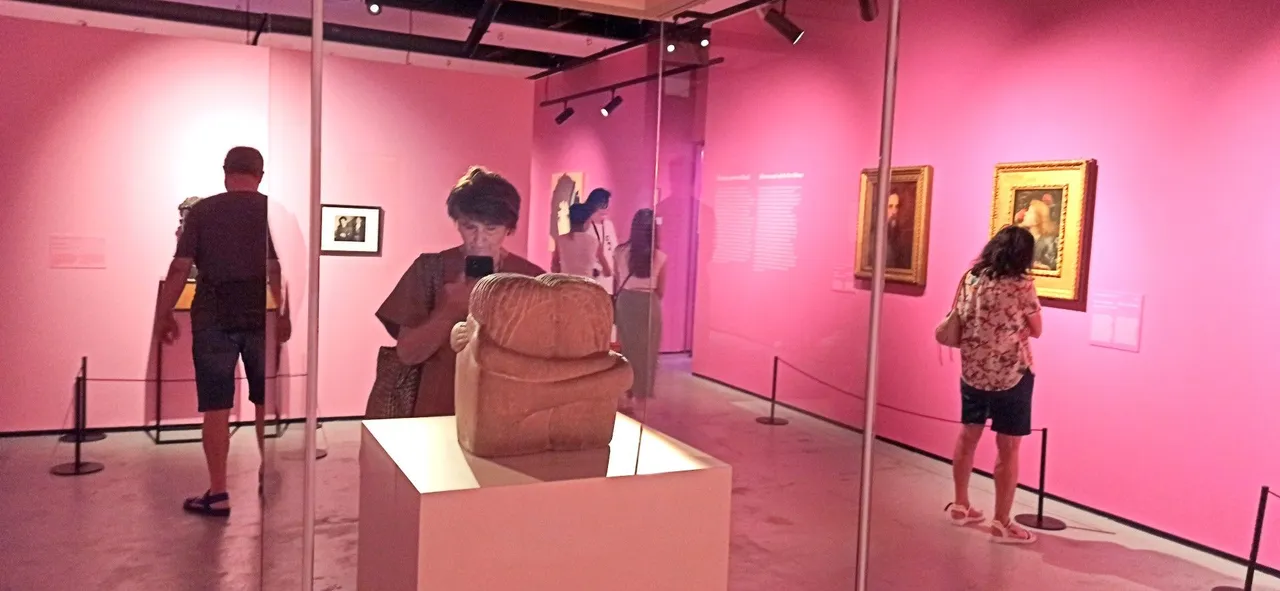
Through this embrace and kiss not only the lips of lovers are united... and the eyes, and the nose, and the face... all become one.
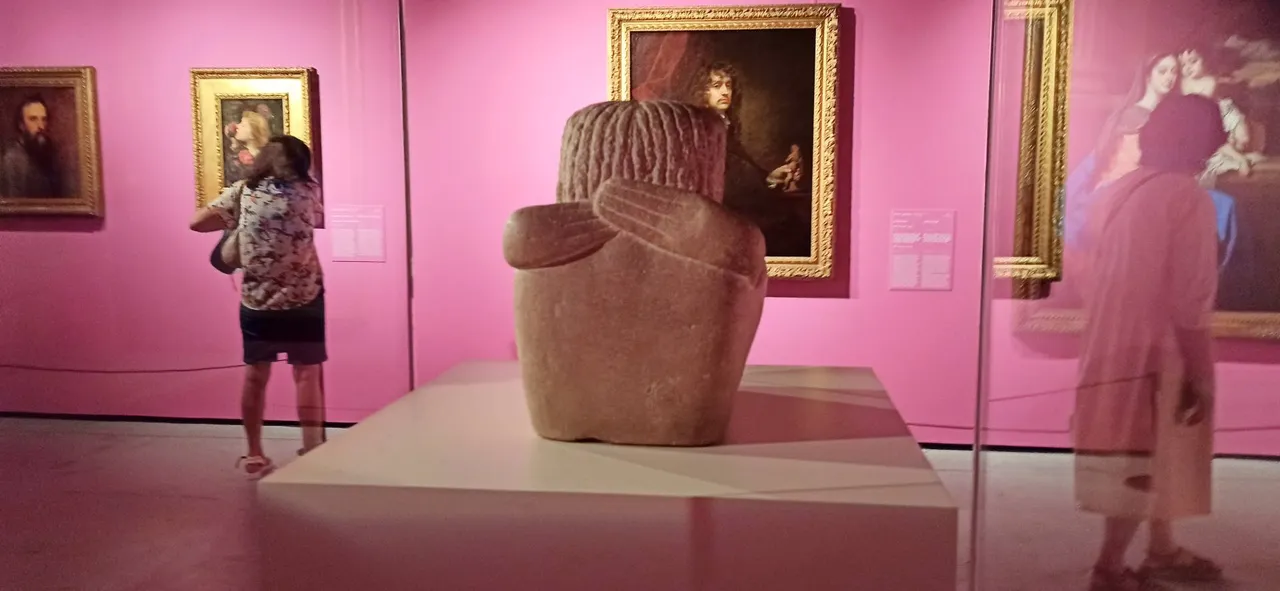
Looking at this little block of stone many will be tempted to say that it's not a big deal, that they could do it easily... Oh, what a big mistake!
Thousands of years have passed since the sculpture of antiquity and until Brancusi, who freed art from an almost compulsory model. Brancusi was called the first artist, the modern sculptor. It is famous this time with a work...
"In 1926 he visited the United States for an important exhibition of his works at the Brummer Gallery in New York. His shipments from France involved him in a two-year court case with U.S. customs officials because a work in copper, Bird in Space, was so abstract that officials refused to believe it was sculpture: Brancusi was accused of clandestinely introducing an industrial part into the United States. In 1928 he again traveled to the United States, where he had numerous buyers, and won his court case".Britannica
The U.S. courts have recognized that the sculpture, Bird in Space, is a work of art and not an industrial part!

The Kiss is considered to be the first truly original work, free from the influences of other artists and what he learned in school.
It was a privilege for me to be able to admire this work of art up close!

This edition of the great exhibition, Art Safari - Love Edition, is still hosted by the Dacia-Romania Palace in Bucharest. Until 10 September!
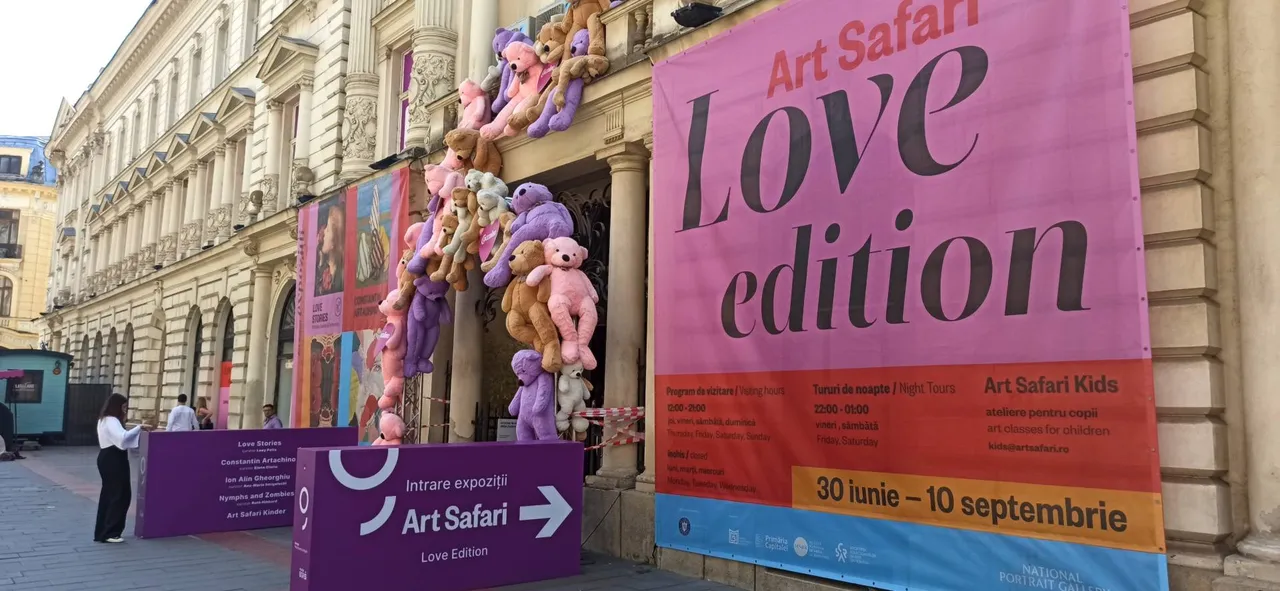
Dacia-Romania Palace is located in the Old Town, on Lipscani Street, opposite the imposing headquarters of the Romanian National Bank.
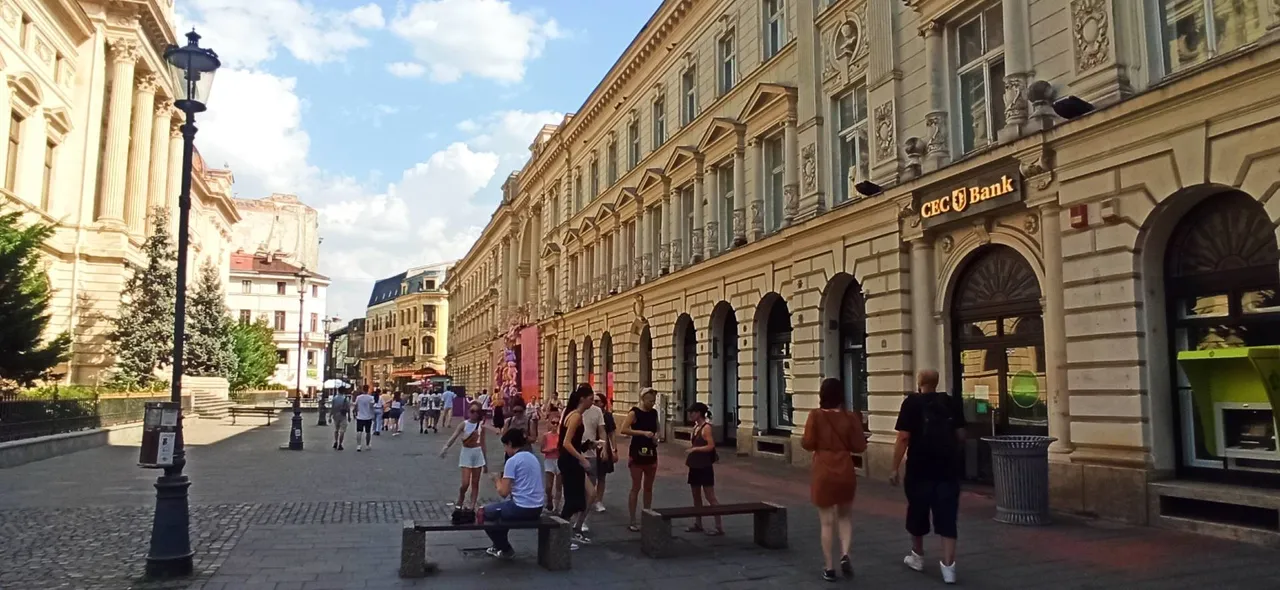
This is the most famous tourist area of Bucharest, the capital of Romania. Those who visit this city can also visit this exceptional exhibition.
Visiting hours:
Thursday - Sunday - 12:00 - 21:00
Night Tours - every Friday and Saturday - 22:00 - 01:00
Ticket price for one day: $20
